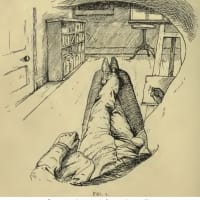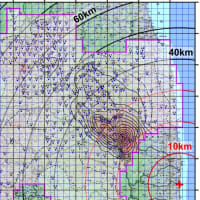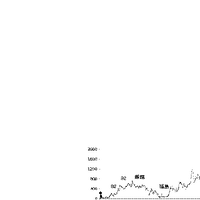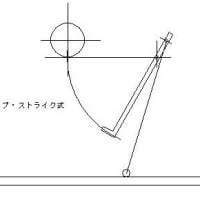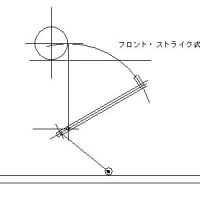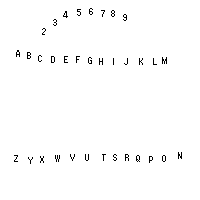http://www.archive.org/details/leadingamericani00ilesrich
Internet Archive: Details: Leading American inventors
Author: Iles, George, 1852-1942
he carriage must be strong and move firmly in its slide,
and the typebars should have a leverage as simple and rigid
as possible. These features insure good alignment, always
in evidence. Nobody can tell from a glance at a page
at what pace it was typewritten ; but a glance at once de-
tects any irregularity of line. When a machine is solidly
built, both quick operation and heavy manifolding are borne
for years with little wear and tear. Operators usually de-
mand speed, and speed requires a rapid escapement. How-
ever rapid an escapement may be, it is never instantaneous,
so that, with a swift pace, good alignment is difficult. This
shows how two wants may oppose each other, so that no
machine whatever can satisfy in the highest degree every
C. L. SHOLES 335
want. Perfect alignment must be paid for in a slight re-
duction of speed. At very quick paces there is an unavoid-
able loss of neatness, and an increase in errors.
Next to speed, an operator desires ease of working. He
does not always get it. Some machines are more than twice
as resistant as others. In stiff machines, with a long play or
dip of the keys, fatigue sets in early in the day, to be
registered in lapses due to no other cause. Ball-bearing
carriages were introduced about 1896, easing the labor of
operation in a remarkable degree. Where these bearings
are placed in V-shaped runways, there is at times a liability
to uneven wear, causing sluggish movement of a carnage.
Most machines of the best grade are now fitted with
roller-bearings, which wear uniformly and give no trouble.
Internet Archive: Details: Leading American inventors
Author: Iles, George, 1852-1942
he carriage must be strong and move firmly in its slide,
and the typebars should have a leverage as simple and rigid
as possible. These features insure good alignment, always
in evidence. Nobody can tell from a glance at a page
at what pace it was typewritten ; but a glance at once de-
tects any irregularity of line. When a machine is solidly
built, both quick operation and heavy manifolding are borne
for years with little wear and tear. Operators usually de-
mand speed, and speed requires a rapid escapement. How-
ever rapid an escapement may be, it is never instantaneous,
so that, with a swift pace, good alignment is difficult. This
shows how two wants may oppose each other, so that no
machine whatever can satisfy in the highest degree every
C. L. SHOLES 335
want. Perfect alignment must be paid for in a slight re-
duction of speed. At very quick paces there is an unavoid-
able loss of neatness, and an increase in errors.
Next to speed, an operator desires ease of working. He
does not always get it. Some machines are more than twice
as resistant as others. In stiff machines, with a long play or
dip of the keys, fatigue sets in early in the day, to be
registered in lapses due to no other cause. Ball-bearing
carriages were introduced about 1896, easing the labor of
operation in a remarkable degree. Where these bearings
are placed in V-shaped runways, there is at times a liability
to uneven wear, causing sluggish movement of a carnage.
Most machines of the best grade are now fitted with
roller-bearings, which wear uniformly and give no trouble.














